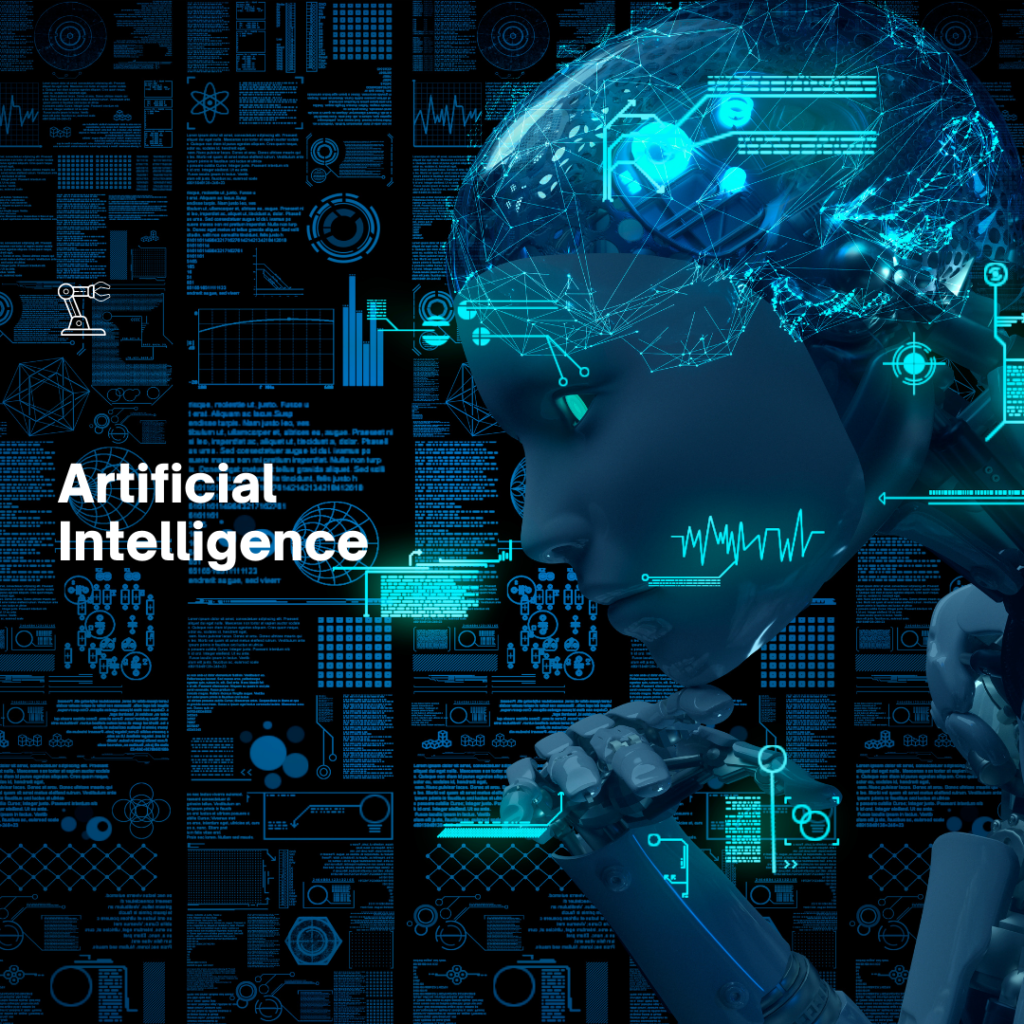AI Music Generator


AI music generators are software programs that use artificial intelligence algorithms to compose and produce music automatically. These systems use machine learning techniques such as deep neural networks to analyze large databases of existing music and then generate new compositions based on the patterns and structures they identify.
There are different types of AI music generators available today, ranging from simple tools that generate basic melodies and chord progressions to more advanced systems that can create entire songs with multiple instruments and complex arrangements.
Some popular AI music generators include Amper Music, AIVA, and Jukedeck. These tools allow users to input parameters such as genre, mood, and tempo and then generate custom music tracks based on those specifications. Other AI music generators such as OpenAI’s MuseNet and Google’s Magenta project use more sophisticated algorithms to generate music that is more complex and nuanced.
While AI music generators have made significant advances in recent years, they still have some limitations in terms of their ability to create music that is truly original and innovative. However, as AI technology continues to develop, it is likely that these systems will become increasingly sophisticated and capable of producing music that rivals that created by human composers.

Synthetic media refers to digital media content that is generated using artificial intelligence (AI) algorithms, including images, videos, and audio. AI generators can be used to create synthetic media in a variety of ways.
For example, AI algorithms can generate realistic images and videos by analyzing large databases of existing visual content and then synthesizing new images or videos based on the patterns and structures they identify. This technique, known as generative adversarial networks (GANs), has been used to create deepfake videos, which are synthetic videos that manipulate the appearance and actions of individuals in a way that appears to be real.
AI algorithms can also be used to generate synthetic audio content, such as speech and music. Text-to-speech (TTS) systems use natural language processing (NLP) algorithms to convert written text into synthetic speech, while AI music generators use machine learning techniques to analyze existing music and generate new compositions.
While synthetic media has many potential applications, including entertainment and marketing, it also raises ethical and security concerns. For example, deepfake videos can be used to spread disinformation or manipulate public opinion, while synthetic speech can be used to impersonate individuals or spread false information. As a result, there is growing interest in developing techniques to detect and mitigate the risks associated with synthetic media.

